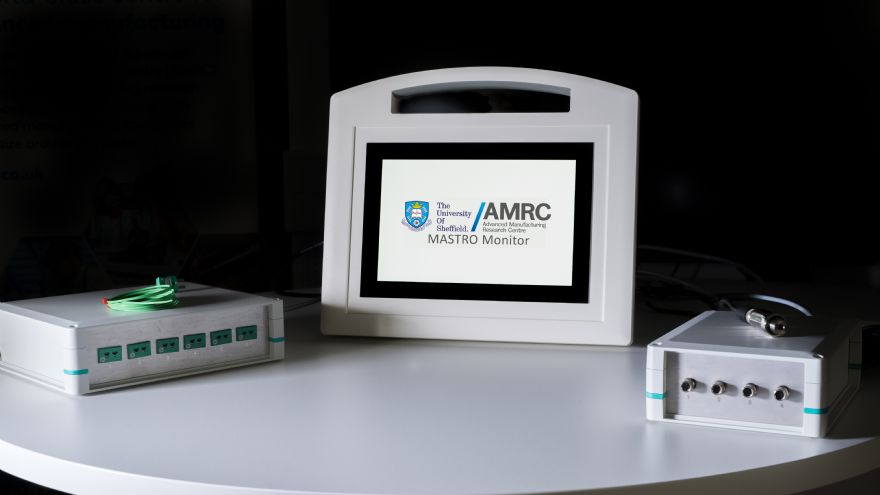
Engineers at the University of Sheffield
Advanced Manufacturing Research Centre (AMRC) have supported a small tech solutions consultancy to progress an ambitious project bringing together different technologies to safeguard and monitor the health of vulnerable people into one solution.
Mansfield-based
Feather Partnership Ltd approached the AMRC to develop concepts for an Internet of Things (IoT) solution for the monitoring of students, staff and facilities in a special needs college setting.
Engineers made suggestions of potential technologies, from wrist and bed sensors to detect an epileptic seizure, to indoor air quality monitors, and how high-level functionality might be developed, including the production of a basic system diagram and user interface and mock-ups of potential system dashboards
David King, digital design manager at the AMRC’s Design and Prototyping Group, said: “This was a fantastic project to work on, as it was all about helping to keep vulnerable people safe and well in their learning environment.”
Tracking and monitoring technologiesHe continued: “Feather Partnership was working with a special needs college and wanted to explore the various tracking and monitoring technologies that exist to support people in a number of different ways, and whether it was possible to bring these together.
“We were looking at relatively low-cost technologies, many of which already exist and do specific elements of this work. We came up with a concept that brought together everything the business wanted to achieve in one solution."
The AMRC, as part of the High Value Manufacturing (HVM) Catapult, supports businesses to explore development opportunities they wouldn't otherwise have access to. The project was paid for using funds from the HVM Catapult as part of a commitment to working with small and medium-size enterprises.
The project focused on how technology could improve the life of students and how IoT solutions could improve the operation of the college. AMRC engineers looked at everything from monitoring students for seizures and changes in temperature that might indicate infection, to technological support to help the students navigate around the college.
Mark Scattergood-Cawar, director at Feather Partnership, said: “We are a small tech consultancy that works with local SMEs and charities, in this case a college that provides day services for around 400 adults with learning disabilities, some very severe, as well as independent living provision for over 50 people.
“We were interested in exploring how a range of solutions might be brought together in one place to support the care of the learners and residents in this setting. This was all about exploring up-to-date technology which monitors, tracks and senses various elements of life in the college, to provide a better quality of support.
“It was also crucial to do this in a cost-effective way, so in future the solution would be affordable for a range of settings in both the public and private sector.
“We also explored building a dashboard that could be used by care workers, for example night care assistants who may need to monitor a number of people overnight and ensure their safety.
“This is a complex project, and the next steps are to find tech partners to work with, then make a prototype that can be trialled. Our work with the AMRC has taken us several important steps forward in making this ambitious vision a reality."